Table of content
Blanching asparagus, a culinary technique that involves briefly boiling vegetables and then plunging them into ice water, is a gateway to unlocking the full potential of this elegant, nutrient-rich vegetable. While seemingly straightforward, the success of this method hinges on precision—specifically, the duration for which asparagus is submerged in boiling water. Achieving the ideal texture, vibrant color, and nutrient retention requires an understanding of how time interacts with the vegetable’s density, freshness, and desired culinary outcome. This article delves into the science and practicality of blanching asparagus, offering a comprehensive guide to mastering this essential kitchen skill.
The Science Behind Blanching
Blanching serves multiple purposes: it softens the vegetable’s fibrous texture, enhances its vibrant green hue, and neutralizes enzymes that cause spoilage. For asparagus, a member of the lily family with a delicate balance of crispness and tenderness, timing is non-negotiable. Overblanching results in mushy, dull-green spears, while underblanching leaves behind a raw, grassy flavor and a tough, fibrous mouthfeel. The goal is to strike a harmony where the spears retain their structural integrity yet yield to a gentle bite, all while preserving their nutritional profile.
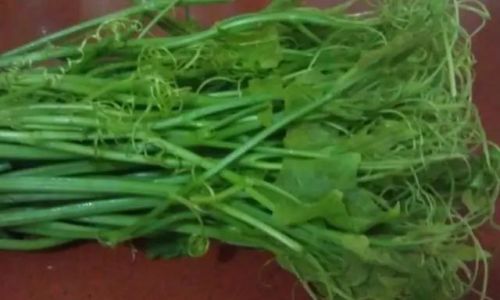
Factors Influencing Blanching Time
- Thickness of the Spears: Asparagus spears vary in thickness, from slender, pencil-thin stalks to thick, robust ones. Thinner spears (less than ½ inch in diameter) require less time, while thicker spears (over ¾ inch) demand longer exposure to heat.
- Freshness: Freshly harvested asparagus contains higher moisture levels, which affects cooking time. Aged or dehydrated spears may cook faster due to reduced cellular water content.
- Desired Texture: Whether aiming for al dente crispness (ideal for salads or crudités) or a slightly softer texture (for purées or casseroles), the blanching time must adjust accordingly.
- Altitude: At higher elevations, water boils at lower temperatures, potentially altering cooking times.
The Optimal Blanching Time: A Step-by-Step Breakdown
Step 1: Preparation
- Trimming: Snap off the woody ends by bending each spear gently until it breaks naturally. This ensures the removal of tough, inedible portions.
- Size Consistency: Group spears by thickness to ensure even cooking. Mixing thin and thick spears will result in uneven blanching.
Step 2: Boiling Water
- Use a large pot (at least 4 quarts) filled with generously salted water (1–2 tablespoons of salt per quart). Salt enhances flavor and helps maintain the vegetable’s green pigment.
- Bring the water to a rolling boil. A rapid boil ensures quick, efficient cooking.
Step 3: Blanching Durations
- Thin Spears (½ inch or less): 1.5–2.5 minutes.
- Medium Spears (½–¾ inch): 2.5–3.5 minutes.
- Thick Spears (¾ inch or more): 3.5–4.5 minutes.
Pro Tip: Test doneness by piercing a spear with a paring knife. It should meet slight resistance at the thickest part but glide through smoothly.
Step 4: The Ice Bath
- Immediately transfer blanched asparagus to a bowl of ice water. This halts the cooking process, preserving color and texture.
- Soak for 2–3 minutes, or until spears are completely chilled.
Step 5: Drying and Serving
- Pat spears dry with a clean kitchen towel to prevent sogginess.
- Serve immediately, or store in an airtight container in the refrigerator for up to 3 days.
Common Mistakes and How to Avoid Them
- Overcrowding the Pot: Overfilling the pot lowers the water temperature, leading to uneven cooking. Use a pot large enough to submerge spears in a single layer.
- Skipping the Ice Bath: Neglecting this step results in overcooked, limp asparagus. The ice bath is non-negotiable for crispness.
- Inconsistent Spear Sizes: Mixing thick and thin spears guarantees uneven blanching. Sort spears by thickness before cooking.
- Underseasoning the Water: Salted water seasons the asparagus from the inside out, enhancing flavor.
Advanced Techniques for Culinary Enthusiasts
- Flavor Infusion: Add aromatics like garlic cloves, lemon slices, or fresh herbs (thyme, rosemary) to the boiling water for subtle flavor layers.
- Shock Blanching: For extra-vibrant color, blanch asparagus twice: once in boiling water, then in ice water, and repeat the process.
- Post-Blanching Searing: After blanching, sear spears in a hot pan with butter or olive oil for a caramelized finish.
Blanching Times for Different Culinary Applications
- Salads and Crudités: Opt for the shorter end of the time spectrum (1.5–3 minutes) to retain maximum crispness.
- Soups and Stews: Blanch for 3–4 minutes to soften slightly, ensuring they hold their shape during simmering.
- Purées and Mash: Cook for 4–5 minutes until very tender, ensuring a smooth consistency when blended.
The Role of Asparagus Variety
While green asparagus is the most common variety, white and purple variants exist—each requiring slight adjustments.
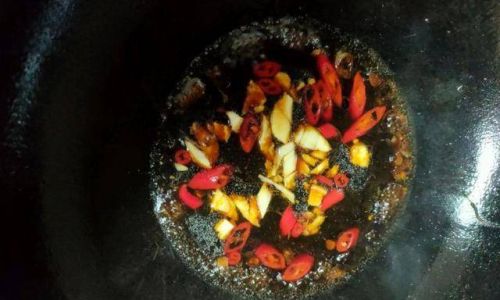
- White Asparagus: Milder and more delicate, it benefits from slightly shorter blanching times (1–2 minutes less) to avoid waterlogging.
- Purple Asparagus: Rich in anthocyanins, it retains color best when blanched for minimal time (1–2 minutes).
Nutritional Benefits of Proper Blanching
Blanching preserves water-soluble vitamins (C and B-complex) and antioxidants better than prolonged boiling. However, overblanching can leach nutrients into the cooking water. To mitigate this:
- Use the blanching water as a base for soups or sauces.
- Limit blanching time to the bare minimum required for doneness.
Troubleshooting Guide
| Issue | Cause | Solution |
|---|---|---|
| Soggy, limp asparagus | Overblanching or inadequate ice bath | Reduce blanching time; ensure thorough chilling. |
| Fibrous, tough texture | Underblanching or thick spears | Increase blanching time; sort by thickness. |
| Dull color | Skipped ice bath or overcooking | Plunge into ice water immediately; monitor time. |
Conclusion: The Timing is Everything
Blanching asparagus is a delicate dance between science and intuition. While the guidelines above provide a roadmap, the true mastery comes from practice and attention to detail. Experiment with thickness variations, adjust times based on altitude or freshness, and embrace the ice bath as your ally in preserving texture and color. Whether you’re preparing a simple spring salad or an elegant garnish for a seared scallop, the perfect blanching time elevates asparagus from ordinary to extraordinary. Remember: in the kitchen, as in life, timing is not just a detail—it’s the difference between good and great.
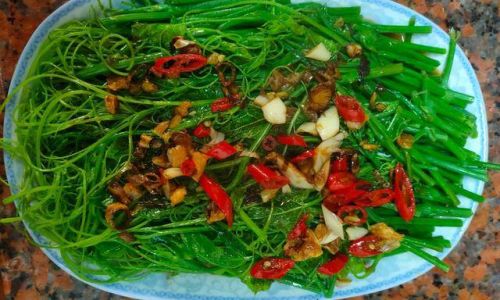
By honing your blanching technique, you transform a humble vegetable into a culinary masterpiece, one precisely timed second at a time.
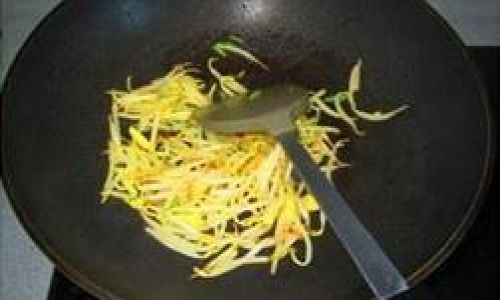
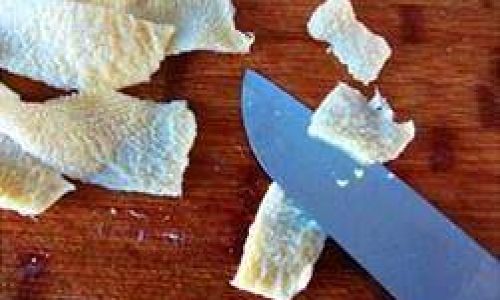
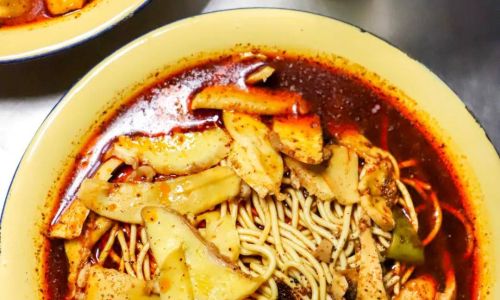
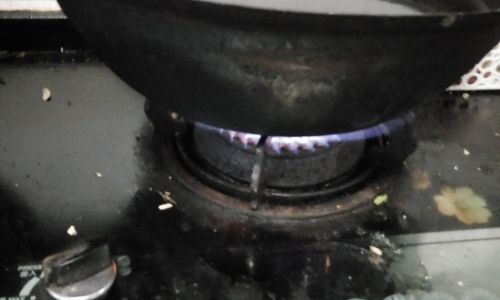
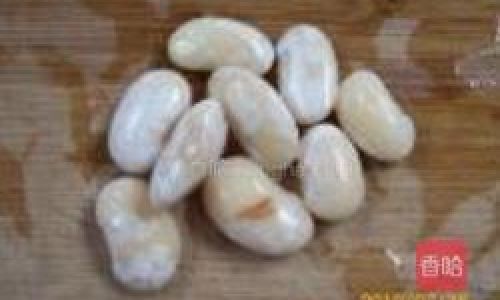
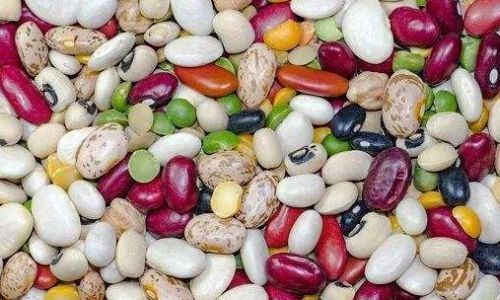
0 comments